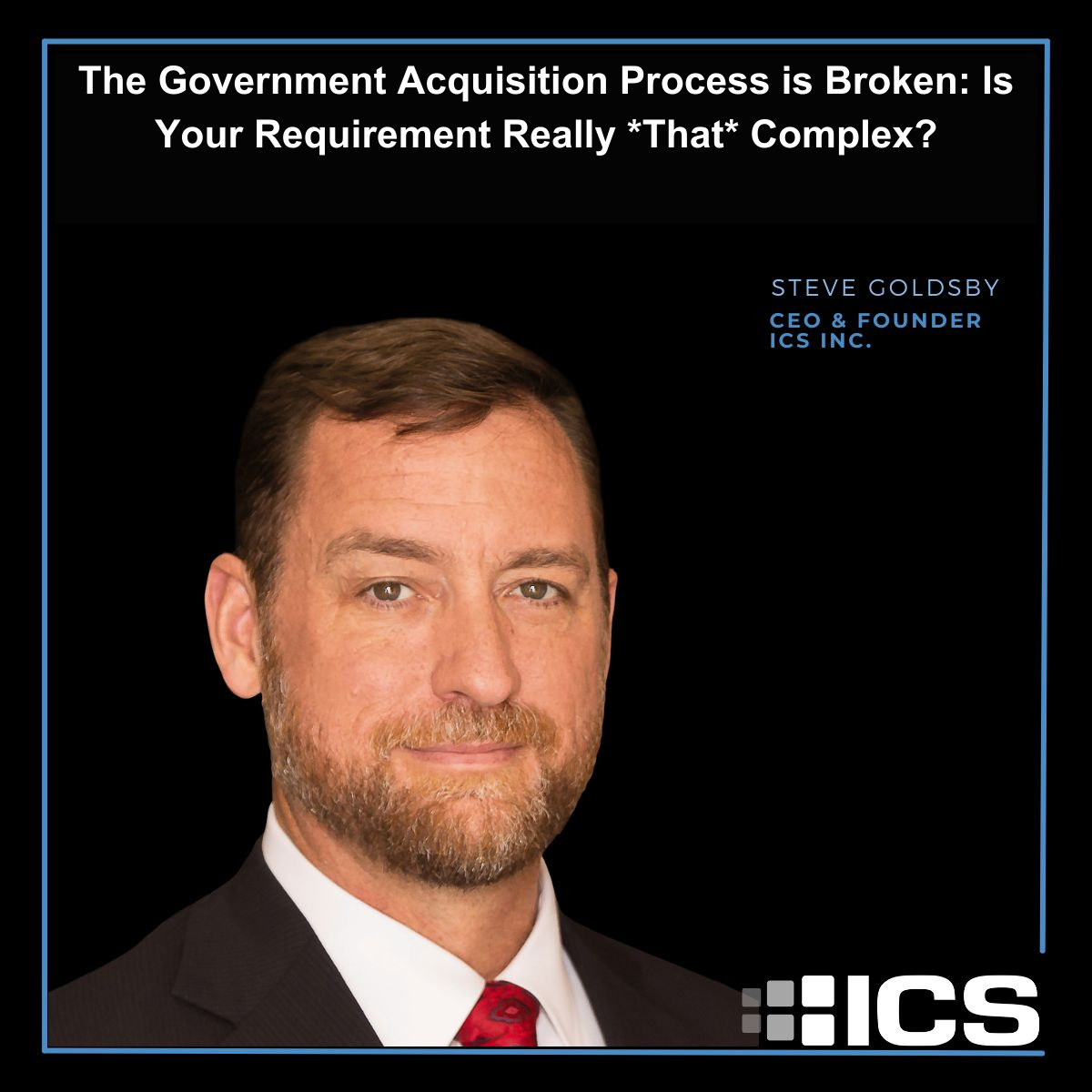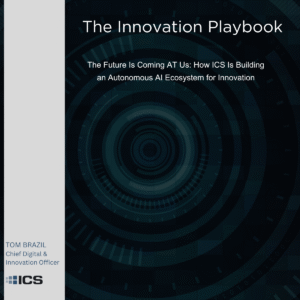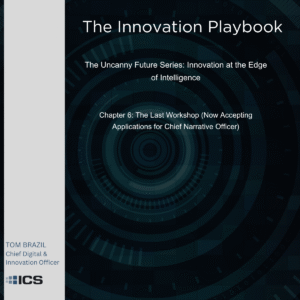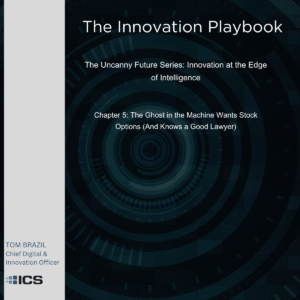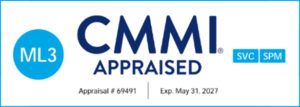** This post is part of our series on how we can improve government/industry engagement to deliver better mission outcomes. In case you missed it, see our initial post!
When requirements are laden with excessive or overly technical details, it creates unnecessary complexity for industry partners responding to solicitations. To be comprehensive, government acquisition teams sometimes over-specify every potential feature, skill set, certification, or capability desired. However, this level of granular prescription can obscure the broader mission objectives that contractors need to focus on.
Overly complex requirements lead to disproportionately complex and costly solutions. Industry wastes effort trying to interpret hundreds of highly specific technical requirements that may not directly map to mission goals. This forces contractors to propose expansive, cumbersome systems simply to check every box versus tailoring streamlined solutions that solve for the government’s true operational needs.
The resulting proposals then require agencies to sift through reams of technical minutiae unrelated to the mission. This complicates bid evaluations as relatively simple needs get lost in dozens of pages responding to niche technical requirements. Simplifying to focus only on essential operational needs would help industry concentrate efforts on optimized mission delivery. Streamlined requirements can yield innovative, elegant solutions finely tuned to customer missions, versus technically intimidating but operationally inefficient proposals.
As part of our capture and solutioning process, we evaluate technical complexity, among other factors, on a scale from 1-10. Inputs include:
The requirement involves supporting and maintaining a variety of complex systems and infrastructure across multiple security domains. This includes systems which are critical for national security operations. Managing and integrating these systems requires deep technical expertise.
There are stringent security and compliance requirements including adherence to RMF, ICDs, STIGs, IAVAs, and various DoD security regulations. Supporting classified systems and data with proper access controls and cybersecurity adds complexity.
A range of skills are needed – systems administration, network engineering, database management, cybersecurity, software development, etc. Advanced certifications like IAT/IAM Level 2/3 are required.
Operations require 24/7 shift support to maintain high availability of critical systems. Supporting exercises and real-world contingencies with timely responses also adds complexity.
Multiple locations are supported. Ensuring mirrored configurations, replication, disaster recovery requires careful coordination.
Transitioning processes at the start and end of the contract performance period adds complexity.
Supply chain risk management requirements add an extra layer of diligence, as does Mission Essential Contractor Services plans.
These hurdles are not impossible to overcome, given enough time.


